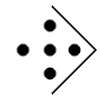Even if you've never heard of the Game of Goose before, once you read the rules, you'll realize that it is very familiar. It has inspired the creation of many similar board games for centuries, especially ones for children.
Another title for the game is the "Royal Game of Goose" because the very first game was supposedly a present for King Philip II of Spain from Francesco de Medici of Florence during the 1500s. It became very popular, spreading across Europe and reaching England by 1597. It is a luck-based game in which players travel down a spiral path, their moves dictated by the roll of the dice. Along the way, they land on spaces which either help them on their way or hinder them. The name of the game comes from the goose symbols that appear regularly on the board and allow players who land on them to have an extra turn. The first player to reach the end of the path wins.
Even the earliest Goose boards often had special themes like mythology, history, or religion (Provenzo and Provenzo 20-21). The symbols on the board and the instructions associated with them could vary with the theme, such as having a space on a military-themed board which caused the player to lose a turn due to a battle injury (Diagram Group 16). By the 1700s, many versions of the game were designed to teach moral lessons (Grunfeld 127). In other words, instead of the random symbols described below, some versions of the game would have players landing on spaces that described people making good or bad decisions with good ones rewarded and bad ones punished, although the players' movements were still controlled by random rolls of the dice, not decisions they made on their own.
Although the Game of Goose would be considered basically a children's game today, it was also played by adults. Sometimes adults in Colonial America would play it as a gambling game (Carson 36). The fact that the game is purely luck-based makes this possible, although that is not really its intended purpose.
Game of Goose
The rules for this version of the game and the basic design of the board come from Play It Again by Asterie Baker Provenzo and Eugene F. Provenzo, Jr., pp. 20-23, with some further information from The Way to Play by the Diagram Group, pp. 16-17.
Players: 2 or more
Object: To be the first to reach the end of the path.
Equipment: The board (printable), a pair of dice, small tokens or markers to use as playing pieces (one for each player, these can be any small objects that look different from each other, even small pieces of colored paper would work)
The Board: The path along the board is traditionally spiral-shaped with 63 spaces for the players to land on (although there are boards with different numbers of spaces). The game board I've created has a square shape because I'm still experimenting with the best designs for printing (traditional Goose game boards are more rounded), but it should still be played as a spiral, moving along the spaces as they are numbered. Some of the spaces are marked with special symbols which either help the player who lands on them or gives them a penalty (see section below).
Differing Boards: The placement of the special spaces on the board can vary from board to board. I used the same symbols and a placement similar to the one in Play It Again, which is pretty traditional, but I've seen ones in The Way to Play by the Diagram Group and Games of the World by Frederic Grunfeld that were a little different. If you'd like to design your own board with varying symbols or placement of symbols, here is a blank board that you can fill in yourself. If you like, you can give it a special theme, like some Goose games have.
Again, old-fashioned Goose boards are usually more rounded than the ones I've created. I'm still experimenting with the best board shapes and sizes for printing, so the design I use here may change later to look more like the original Goose games.
Beginning: The players each roll the dice, and the person who rolls the highest becomes the first player.
Playing: The players take turns rolling the dice. They total the numbers on the dice and move that number of spaces down the path on the board, starting with space 1. Two players cannot occupy the same space at the same time, so if a player lands on a space that is already occupied, the player takes the piece that was already there and puts it on the space that the current player just came from.
Winning: The winner is the first player to reach the last space on the path. However, the player must land exactly on the final space. If a player rolls a number higher than than what he needs to land on the last space, he must move the number of extra spaces backwards after he hits the final square. In other words, the player moves as many spaces as he needs to in order to land on the final square and then immediately continues moving backward until he has used up the total amount of his roll (Diagram Group 17). (Ex. If he is on space 60 and rolls a total of 7 on the dice, he moves 3 spaces forward to space 63, then 4 spaces back up the path, finally landing on space 59, which is one space before where he started.) If the space where the player finally lands while moving backward happens to have a goose on it, he will have to move back up the path again as many spaces as it took for him to get from the final space to the goose. (In the example I just gave, the player would have to move back a further 4 spaces for landing on a goose on space 59.)
Special Spaces
These are traditional symbols found on Goose boards and what to do when you land on them:

Goose: Roll the dice and move again. (Spaces 7, 14, 23, 32, 41, 50, and 59 on the board.)
Bridge: Advance several spaces ahead. This Bridge will carry you six spaces ahead. (Space 5 on the board. Carries you to Space 11.)
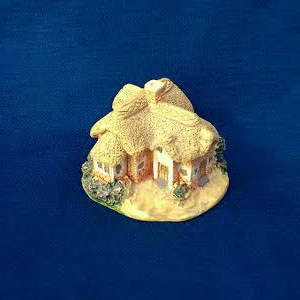
Inn: You stay at the inn while the other players take their next two turns (Space 20 on board.)
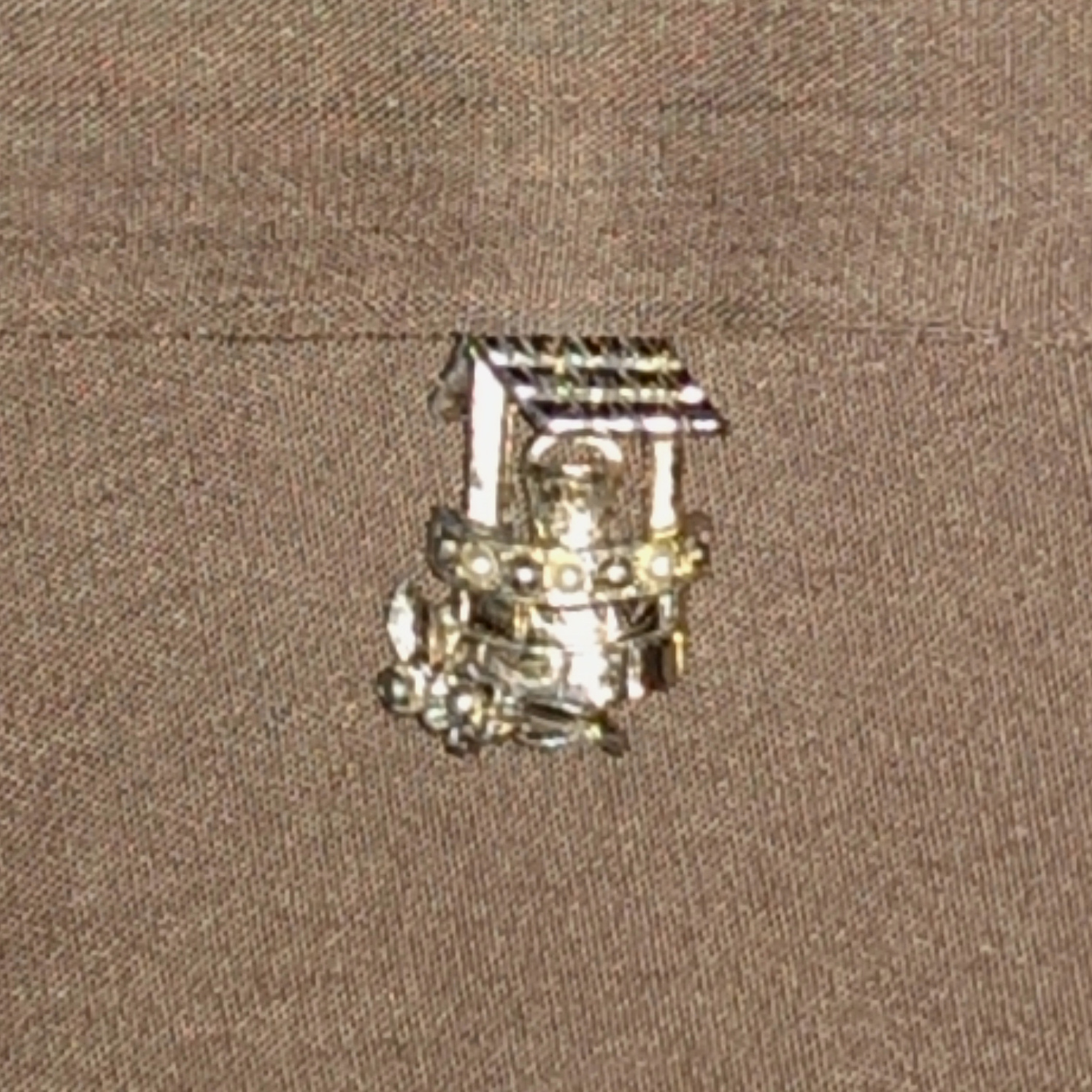
Well: Lose two turns as payment to the well. (Space 28 on board.)
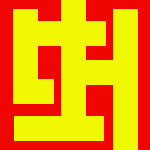
Maze: The maze turns you around and sends you back up the path the way you came. This maze will send you back 12 spaces. (Space 37 on board. Sends you back to Space 25.)
Prison: You must stay in prison until someone else lands on the prison space and frees you. (Space 53 on board.)
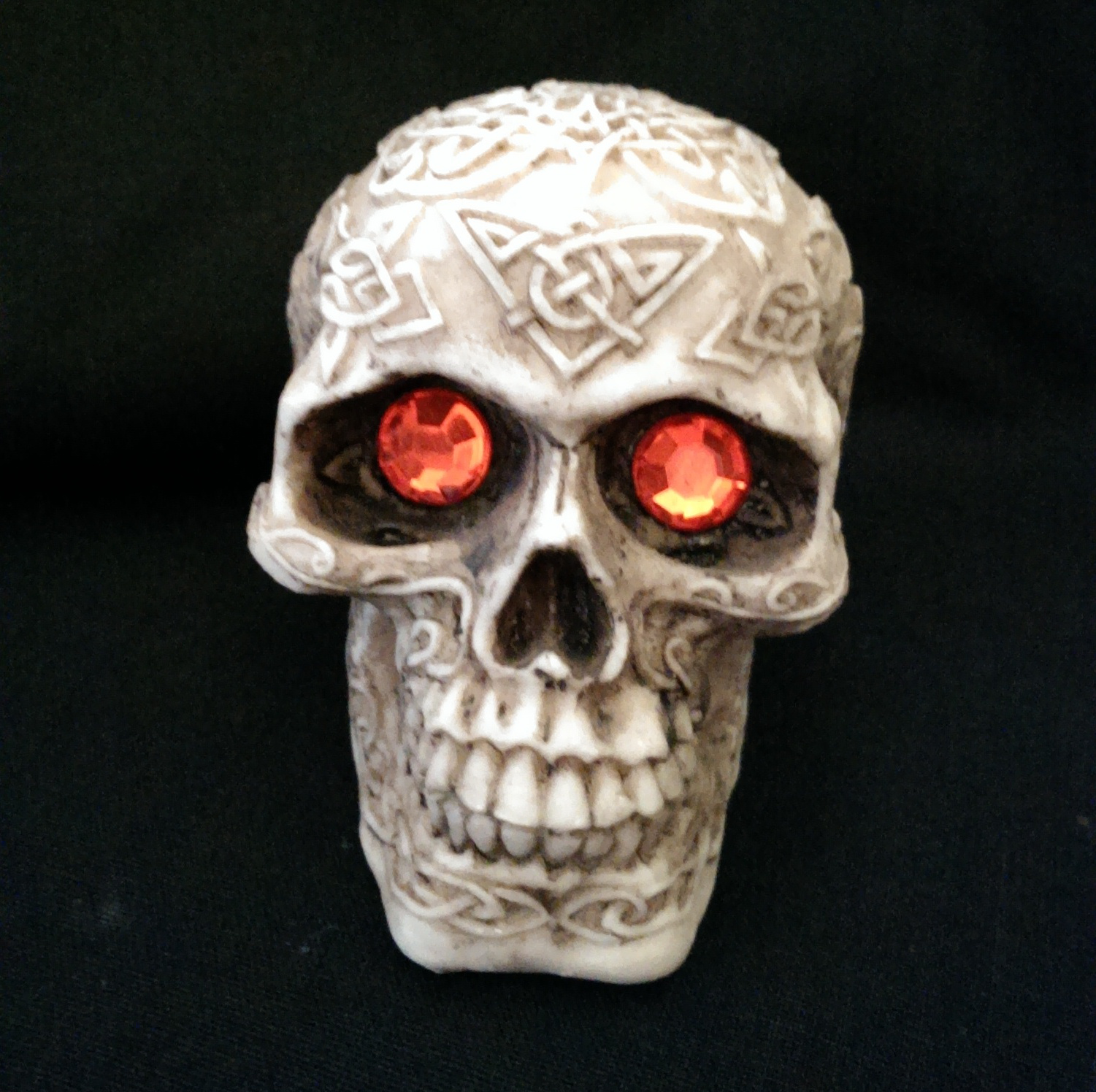
Death's Head: Return to Space 1. (Space 57 on board.)

Dice: Take another turn! Roll the dice again and move that number of spaces. (Spaces 26 and 54 on board.)
